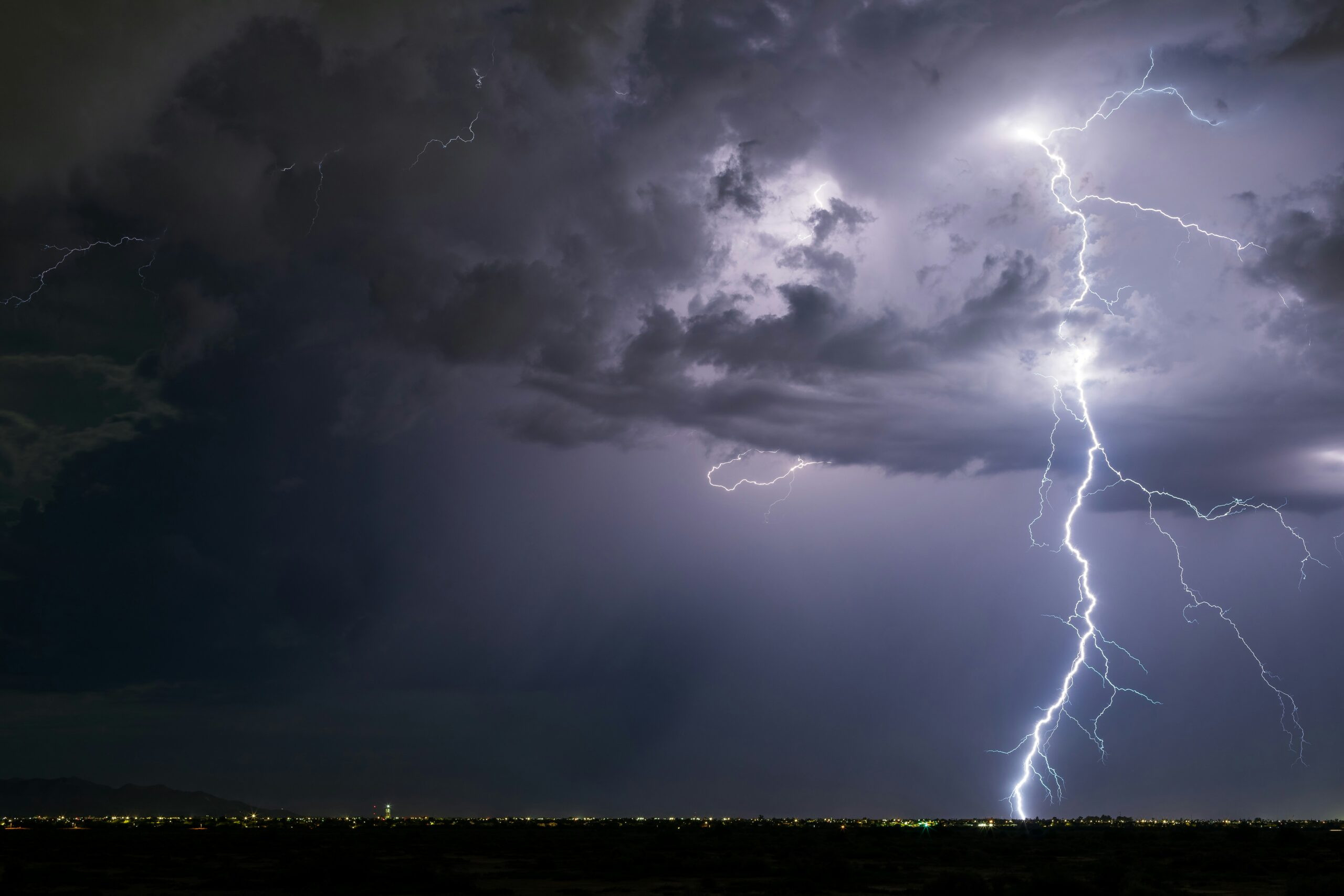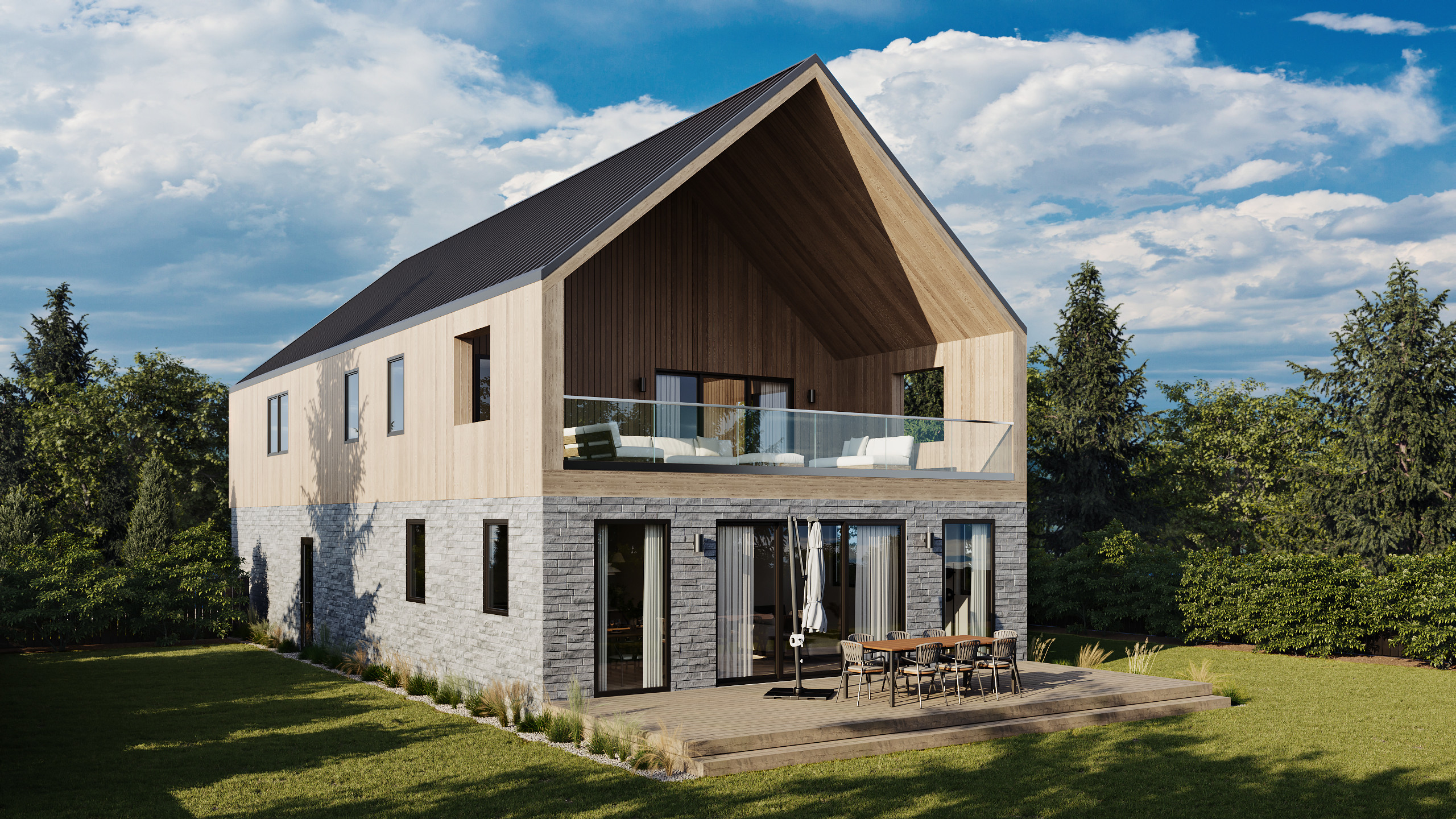Let’s clear the air on induction stoves

If you’re shopping for a natural gas stove, stop. Like, right now.
The Inflation Reduction Act, the biggest climate bill in U.S. history, is about to change how Americans look at (and live with) energy efficiency.
Starting where it counts — in your wallet.
Depending on your eligibility, the High-Efficiency Electric Home Rebate Program could cut up to $840 off the cost of an induction cooktop. Which is really good news for a lot of different reasons.
Let’s dive in.
So what’s an induction stovetop, exactly?
Induction stovetops take a weird-science-y approach to cooking. They use electromagnetic fields to transfer currents directly to the cookware placed on their glass surfaces.
It’s a more direct transfer of heat than traditional electric or gas stovetops, as it creates heat from within the cookware itself.
This means better cooking efficiency. Consumer Reports says that induction cooktops can boil water 20-40 percent faster than traditional electric and gas stovetops.
Another bonus: Removing the cookware stops the heat immediately. So you can forever skip the Oh my god did I leave the stove on? thoughts that make morning commutes inconvenient.
Breathe better, indoors and out
The US Department of Energy (DOE) reports that induction stoves are up to three times more efficient than gas stoves, and up to 10 percent more efficient than conventional smooth-top electric ranges.
This means wins in two categories: your energy bill, and your carbon footprint. As one sustainability journalist put it, “Induction stoves are climate-change-fighting machines, kicking fossil fuels out of the kitchen.”
This is really good news for American kids, by the way. A recent study found that 12.7 percent of current childhood asthma in the US is attributable to gas stove use. (Think of all the money you could save on inhalers.)
Cooking with natural gas produces indoor air pollution like nitrous oxides (NOX), carbon monoxide (CO), and formaldehyde (HCHO). All you’re just trying to boil some spaghetti.
Here’s more of what induction has to offer, and few strikes against it:
Induction pros
- Offers long-term savings on energy bills.
- Consumes zero fossil fuels.
- Eliminates indoor air pollutants associated with gas stoves.
- Offers more precise control of heating (chefs rejoice!).
- Generates less excess heat on the stove’s surface.
- Eliminates the worry of unattended burners.
- Reduces risks of accidental burns.
- Won’t ignite nearby towels or pot holders.
- Offers (with ceramic-glass models) durable and crack-resistant surfaces.
- Features a crevice-free surface (one that even I could clean).
Induction cons
- May require an electrical upgrade to the kitchen.
- Only works with ferromagnetic cookware (pots and pans with cast iron or certain types of stainless steel). Sorry, copper fans.
- Often costs more than a traditional stove (but prices are falling).
About those electrical upgrades: there’s more good news in the Inflation Reduction Act.
Eligible participants in the rebate program could get up to $2,500 for upgrades to electric wiring; and up to $4,000 for an upgrade to the electric load service center (the box that holds your circuit breakers and distributes electricity from your energy provider).
That means you can plug in your induction stove and get to cooking.
If I can make it there…
Also, cool and creative minds are working on making induction stoves cheaper and more accessible.
The New York City Housing Authority (NYCHA), the country’s biggest provider of public housing, recently launched the Induction Stove Challenge.
The contest will inspire manufacturers to compete for a contract to install at least 10,000 induction stoves in NYCHA buildings. The catch? They must design efficient models that don’t require electrical upgrades.
This should not only improve the lives of NYC public housing residents but also incite a larger market change, lowering the barriers to induction stoves for all.
How the other half cooks
Meanwhile, on the other coast, Los Angeles is pushing to outlaw gas appliances in new buildings to reduce greenhouse gas emissions. The Hollywood Reporter noted that the entertainment industry is embracing induction as a result.
Interior designers to the stars are selling their clients on high-end models, like an induction offering where pots can be cooked directly on a granite or porcelain countertop, so the stove seamlessly blends into the kitchen.
The rest of us may have to settle for a more basic model. But we’ll still get the perks of induction.
Cheers,
Mike
Mike McAllister is head of story for Momo Homes.
Track the global transition to sustainable homebuilding.
Subscribe to the Momo Focus newsletter.






